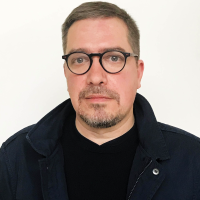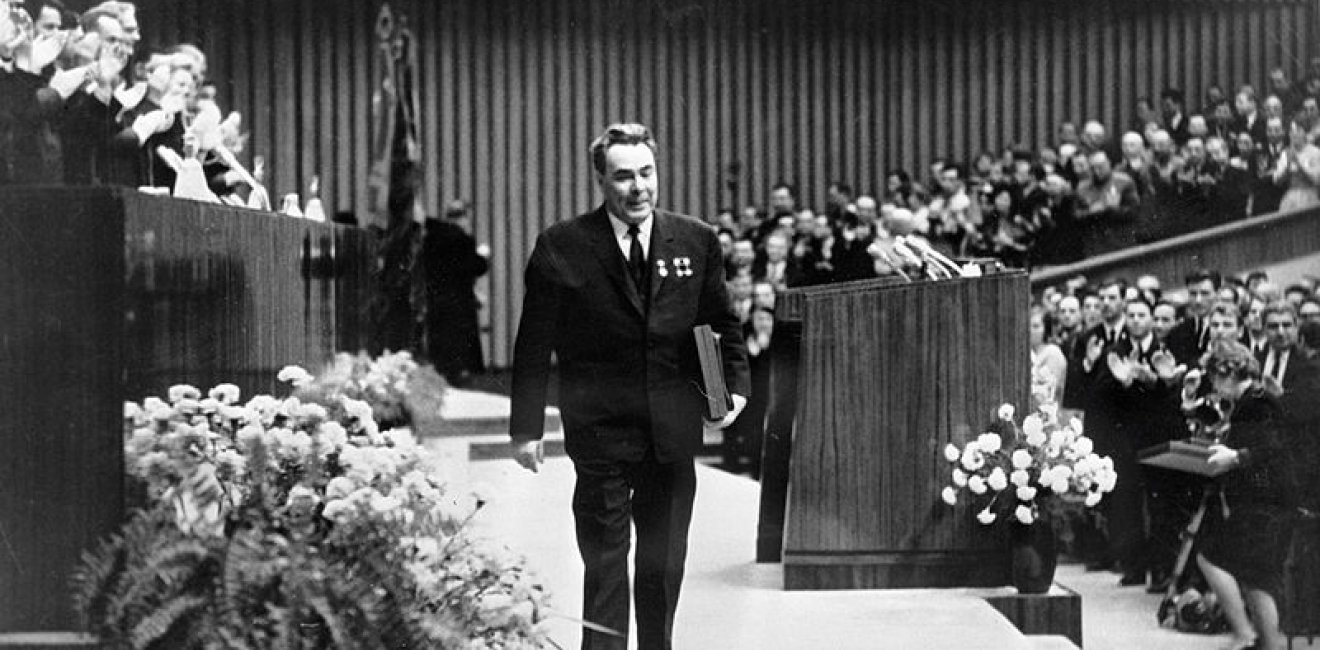
A blog of the Kennan Institute
BY MAXIM TRUDOLYUBOV
The former Soviet leader Leonid Brezhnev, the political scientist Thane Gustafson once observed, was an able “equity” politician. What Gustafson meant was that Brezhnev’s style of politics was to deal with people and problems by buying them off.
Brezhnev, who was in office between 1964 and 1982, offered privileges and stability to the party apparatus; he made sure the military-industrial elite enjoyed large budgets; he turned a blind eye to regional politicians’ corruption; and he gave vast economic subsidies to the population at large. Broadly, that is the approach Russia’s president Vladimir Putin subscribes to as well. The two are comparable, but only to a degree.
The equity approach worked well for Brezhnev in the sense that it kept the establishment together and popular unrest subdued. The members of the party apparatus, various state functionaries, intelligence agents, the military caste, privileged sectors of the intelligentsia—all those whom the historian Stephen Kotkin has called uncivil society—were well provided for.
Few signs of any institutionalized groups opposed to the regime could be detected in the Soviet Union of the late 1970s and early 1980s. The dissident community, independent thinkers, writers and artists—the force that many in the West saw as an antitotalitarian civil society—did not in fact function other than in a symbolic sense. Most of its members were jailed, marginalized, or pushed out of the country.
By the early 1980s the Soviet leaders were on the cusp of undivided domination. But Brezhnev’s highly redistributive equity policies, skewed to privileging the elites, led to an arrested development and a stagnating economy.
Today’s equity politician, Vladimir Putin, seems to be following a similar path in terms of his economic model. Russia’s political system is very different from its Soviet predecessor but it is, in its own way, highly redistributive and does privilege the elites. According to the report Stagnation 2: The Consequences, Risks and Alternatives for the Russian Economy, the current economic model does not even state growth or development as its goals.
Between 2009 and 2019, Russia’s economic growth averaged 1 percent annually. Recent studies say the late Soviet Union’s economy grew at 1.6 percent a year on average between 1977 and 1985. This means that today’s Russian economy is even slower than the proverbially “stagnating” economy of Brezhnev.
Today’s uncivil society is far from being the complacent and tired Soviet variety, while a burgeoning civil society does exist and is learning to stand up on its own feet, as witnessed by the developing culture of private donations.
Vladimir Putin saw the uncivil societies of the Soviet Union and Central and Eastern Europe collapse, and clearly does not feel as secure as Brezhnev did. That is why Putin takes a proactive approach to propping up his establishment and power base.
He has to do it because Russia’s uncivil society is far from being all-powerful the way its Soviet-era predecessor was. Putin’s Kremlin, unlike Brezhnev’s, has to deal with elections. Of course, those are carefully managed affairs, but they still produce unexpected results sometimes. There are limits to electoral manipulation: election results may be susceptible to the Kremlin-sponsored politicians’ popularity upheavals. And the popularity of those politicians—the MPs, the governors, the mayors—ultimately depends on the father of all approval ratings in the country, Putin’s personal one.
The Kremlin does control most of Russia’s media, but there are limits to manipulation here as well. People are upset with the stagnating economy, and there are limits to what even the most sophisticated propaganda or saber rattling can do. As the recent episode of Russia’s military brinkmanship on Ukraine’s border has shown, amassing troops at the doors of the southwestern neighbor does not do magic in terms of pushing Putin’s approval rating up.
The military game is becoming costlier, too. Russia cannot be sure of a quick battlefield success because it is facing a stronger Ukraine than it did six years ago, during and after the annexation of Crimea. “Whereas back in 2014 Ukraine’s armed forces were barely functional, today’s Ukraine has an army that is much better trained and equipped. It has cooperated with foreign powers, from the United States to Turkey,” Andrei Kortunov, director general of the Russian International Affairs Council, said in a recent interview.
And unlike Brezhnev, Putin has to watch his budget carefully. Russia’s defense spending is extensive, but it has not been growing for a few years now, and official spending, according to a government plan, will go down from 3.1 percent of the GDP in 2020 to 2.5 percent in 2023. Russia’s real military spending is higher: some estimates put it at 3.9 percent of the GDP, but the real figure is projected to go down too. Today’s Russian defense budget is a far cry from what Brezhnev and his immediate successors could (and later could not) afford. According to a figure disclosed by Mikhail Gorbachev in 1989, Soviet military spending in the mid-1980s was frozen at 77.3 billion rubles, then equivalent to $128 billion, or 9 percent of the Soviet GDP.
Apart from the spending constraints, the Kremlin has to deal with the kinds of limits on its power that are inherent in Putin’s system itself. Russia’s weak institutions mean that businesses, even those most loyal to the regime, have to rely on foreign jurisdictions to keep their assets safe. One other major constraint is that Putin has to satisfy both the mass public and his insider elite supporters. Elite supporters may or may not be happy, but Russian citizens’ real income has not been growing for ten years now (listen to our conversation with Professor Timothy Frye for a full discussion of those constraints).
All those weaknesses may explain why the Kremlin is stepping up pressure on its domestic opposition (which Brezhnev did not have). Moscow is rapidly expanding its system of “othering” any forces, which it sees as threats to itself. The legislation and law enforcement policies related to “foreign agents,” “unwanted,” and “extremist” organizations are developing.
The constraints discussed here may even benefit the Russian political system in a way: they are keeping it on its toes and preventing it from becoming as complacent as it was in Brezhnev’s time. But those limits still mean that the Kremlin cannot generate growth or increase the well-being of its subjects. Far from being sleepy, Putin’s system is agile, but all its energy is going into running frantically in place.
The opinions expressed in this article are those solely of the author and do not reflect the views of the Kennan Institute.
Author

Editor-at-Large, Meduza

Kennan Institute
After more than 50 years as a vital part of the Wilson Center legacy, the Kennan Institute has become an independent think tank. You can find the current website for the Kennan Institute at kennaninstitute.org. Please look for future announcements about partnership activities between the Wilson Center and the Kennan Institute at Wilson Center Press Room. The Kennan Institute is the premier US center for advanced research on Eurasia and the oldest and largest regional program at the Woodrow Wilson International Center for Scholars. The Kennan Institute is committed to improving American understanding of Russia, Ukraine, Central Asia, the South Caucasus, and the surrounding region through research and exchange. Read more

Explore More in The Russia File
Browse The Russia File
Chechnya as a Model of Modern Russia

Russia’s Indigenous Communities and the War in Ukraine

Gas and Power in a Changing US–Russia Relationship

